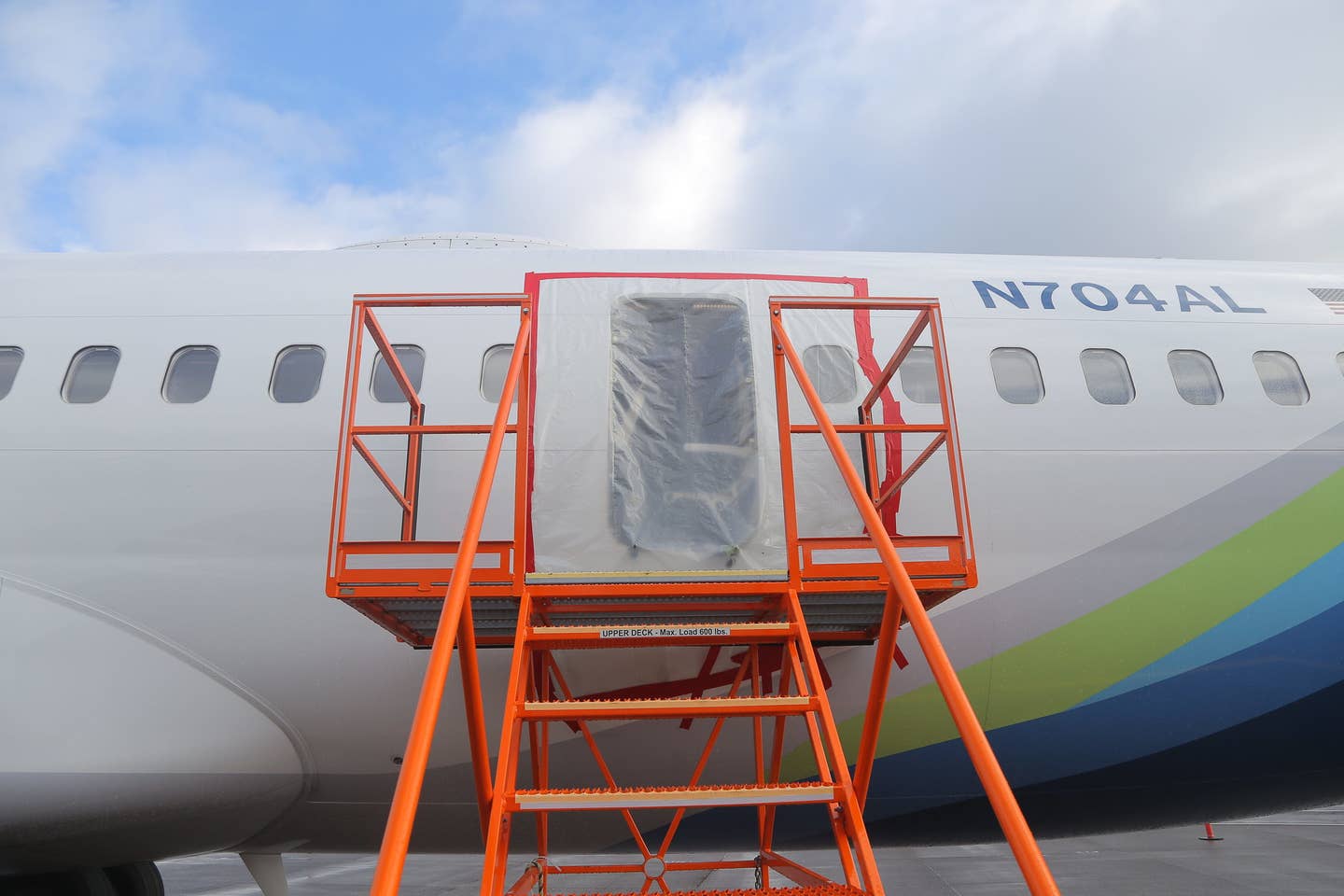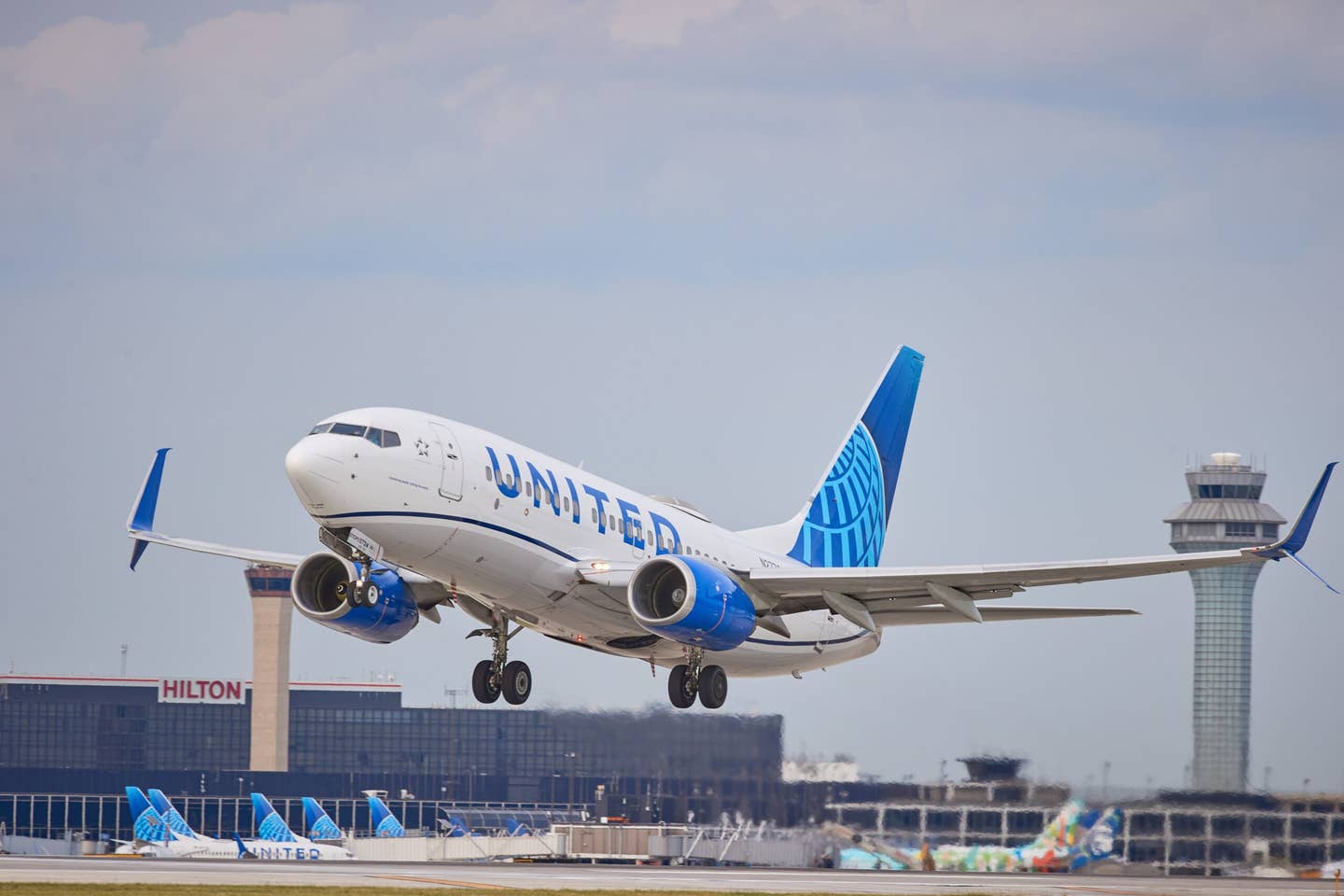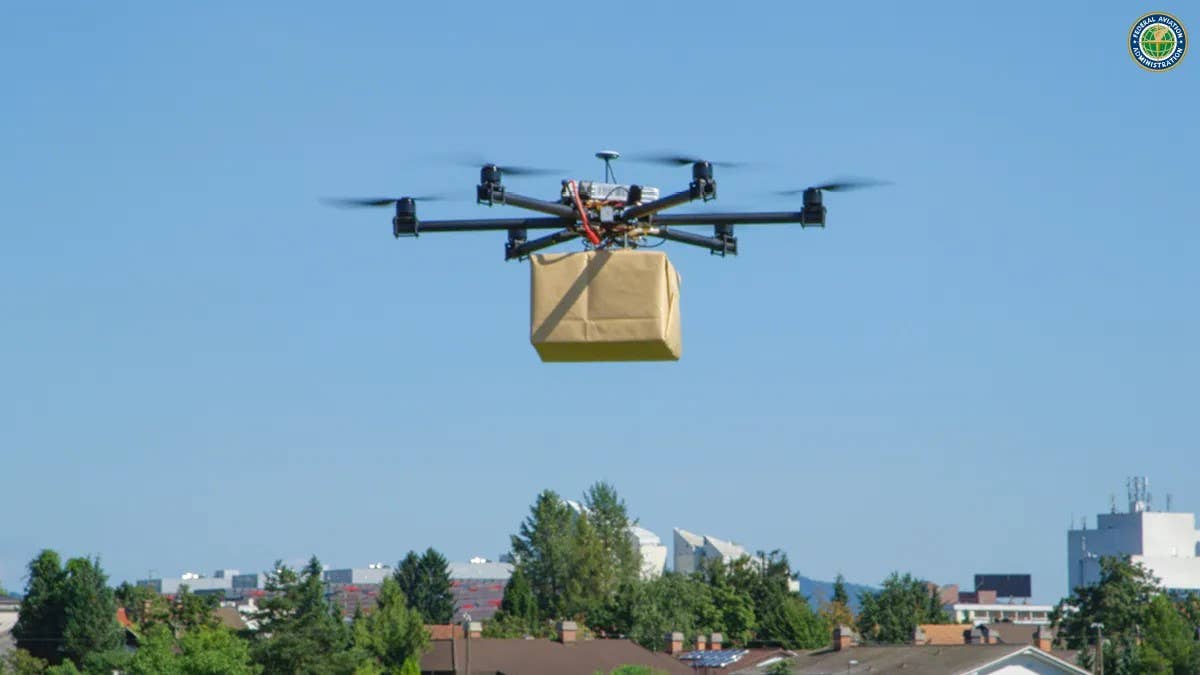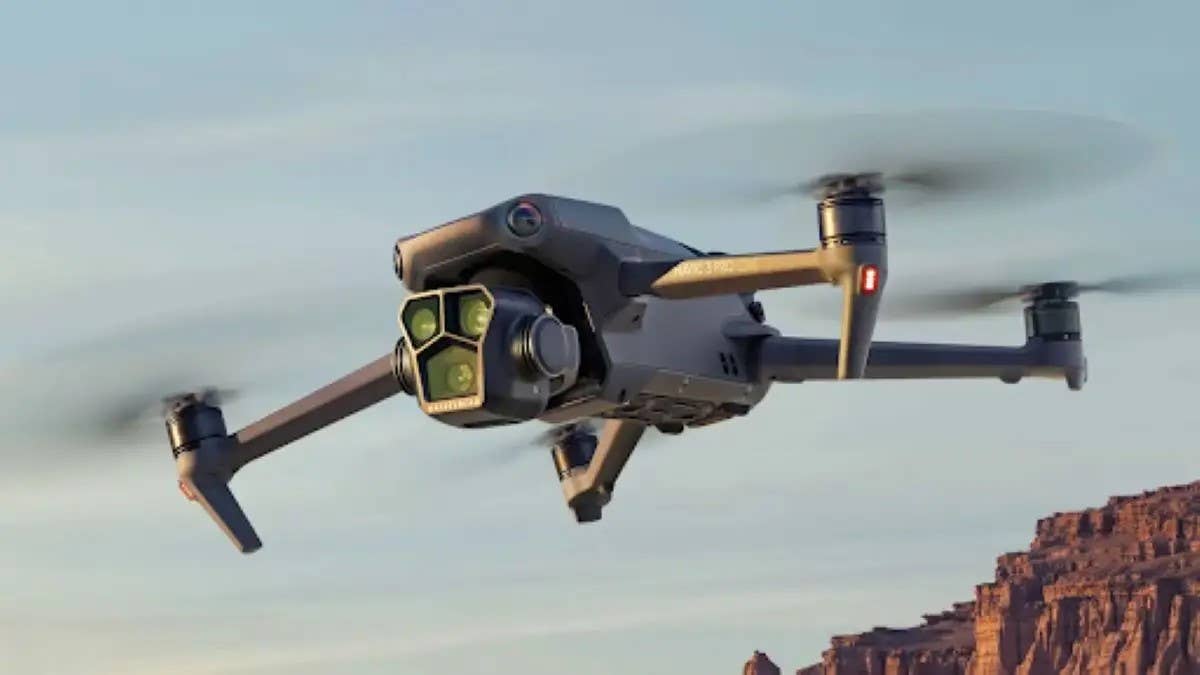NTSB Hearings Set in Boeing Door Plug Failure Probe
According to a new report, the aircraft was to have come out of service for maintenance the same day the in-flight structural failure occurred.

According to the NTSB, a warning light that activates when there is a problem with the airplane’s pressurization system had come on twice days before an Alaska Airlines Boeing 737 Max 9 lost a door plug in flight. [Courtesy: NTSB]
The National Transportation Safety Board (NTSB) has announced it will conduct two hearings in August as part of its investigation into how and why a door plug blew out of a Boeing 737 Max 9 passenger jet during flight.
The aircraft, operating as Alaska Airlines Flight 1282, was forced to make an emergency landing at Portland International Airport (KPDX) in Oregon on January 5 after the left midexit door plug dislodged, leading to rapid decompression.
According to the NTSB, the hearings are designed to assist the agency to obtain information necessary "to determine the facts, circumstances, and probable cause of the transportation accident or incident under investigation." The information is then analyzed, and the agency uses it to make recommendations to improve transportation safety.
The investigative hearing is open to the public, however, only NTSB board members, investigators, scheduled witnesses, and parties to the hearing are allowed to participate. The NTSB has an accident investigation webpage that includes links to video of media briefings, photos, the preliminary accident report, and other related materials.
The hearing will be livestreamed, and details about the time and location will be announced in coming weeks, the agency said.
Due for Maintenance
On the heels of the NTSB announcement of the hearing, documents obtained by The New York Times indicate that on January 4—a day before the door plug blew out of the Alaska Airlines flight—airline engineers and technicians wanted the aircraft to come out of service on January 5 for maintenance.
As noted in the NTSB preliminary report, a warning light that activates when there is a problem with the airplane’s pressurization system had come on twice in the previous 10 days. The flight crews reported the pressurization issue light to maintenance.
Donald Wright, Alaska Airlines' vice president for maintenance and engineering, told the Times that the airline considers taking more aggressive action if the warnings are triggered three times in 10 days.
The aircraft remained in service, as the pressurization system is a triple redundancy. However the airline did restrict the aircraft from flying long-haul overwater trips until the pressurization system could be thoroughly inspected. The maintenance was allegedly supposed to have happened the evening of January 5, the same night of the door plug blowout.
When asked if the airline should have grounded the aircraft sooner, an FAA spokesperson said, "Airlines must follow their FAA-approved maintenance programs to ensure their aircraft meet the agency’s airworthiness requirements."
According to the NTSB preliminary report, the four bolts meant to secure the door plug were missing before the panel came off the airplane. The report outlined a series of events that occurred at Boeing’s factory in Renton, Washington, that may have led to the airplane being delivered to the airline in October 2023 without those bolts being in place.
The door plug allows the aircraft to be configured with an extra emergency exit. From inside the fuselage, the door plug looks like a bulkhead and window. The outline of the door is only visible from the outside.
Last week NTSB Chair Jennifer Homendy told reporters the aircraft flew 154 flights without the bolts in place, and there was evidence of small upward movements of the door plug that possibly created a gap between the door and fuselage.
According to Alaska Airlines, however, its visual inspection of the door plug in the days prior to the event did not reveal movement.
"We’re immensely grateful for the safe return of Flight 1282 on January 5 and commend the crew and all our employees for their actions every day to ensure the highest level of safety," Alaska Airlines told FLYING. "We remain confident in our maintenance and safety actions leading up to the incident. We look forward to continuing our participation in a robust investigation led by the NTSB to ensure something like this never happens again.”

Subscribe to Our Newsletter
Get the latest FLYING stories delivered directly to your inbox






